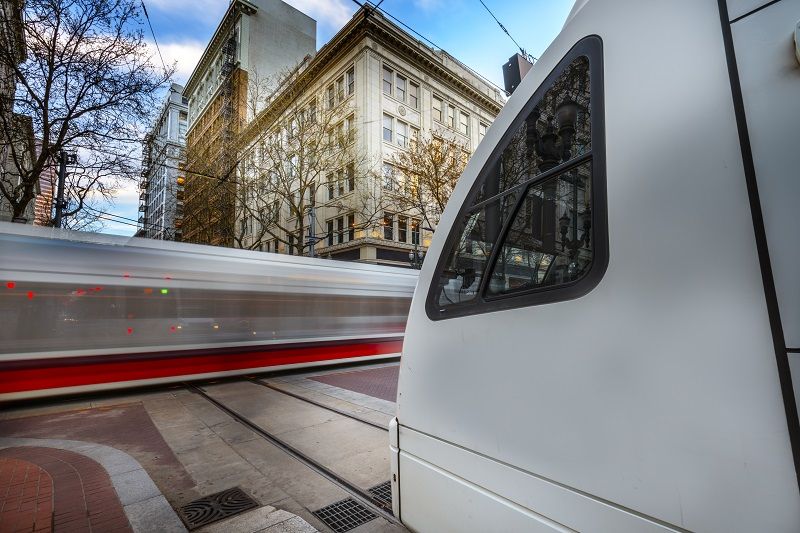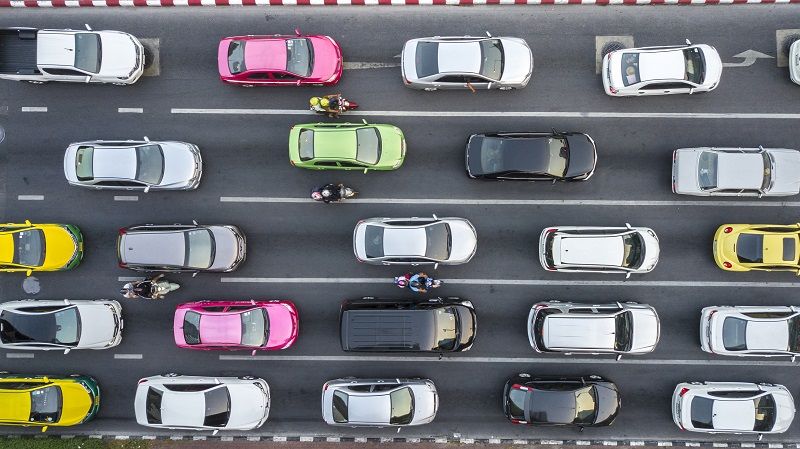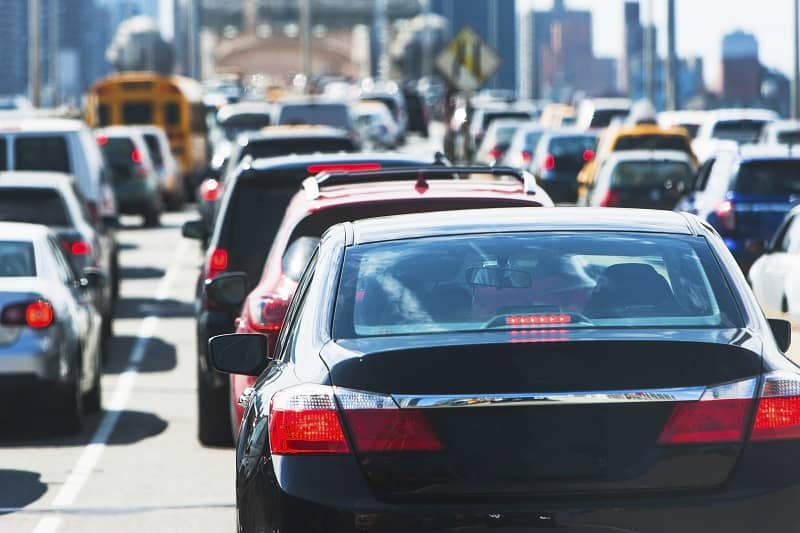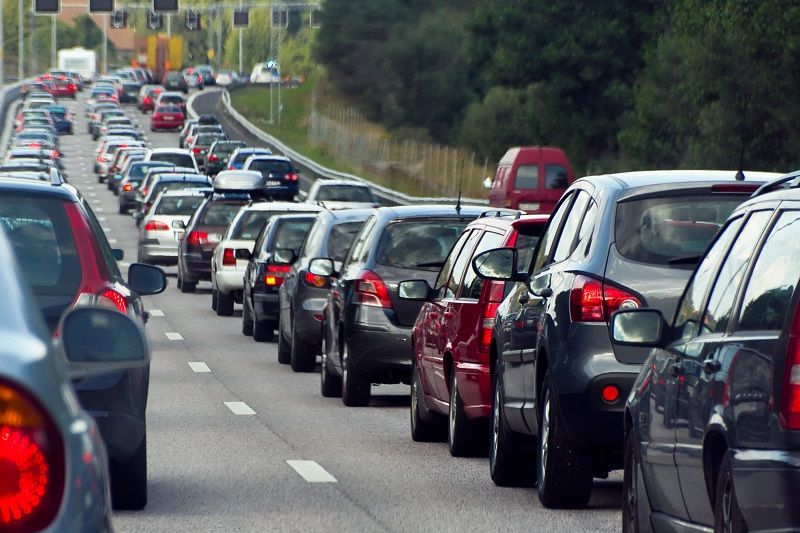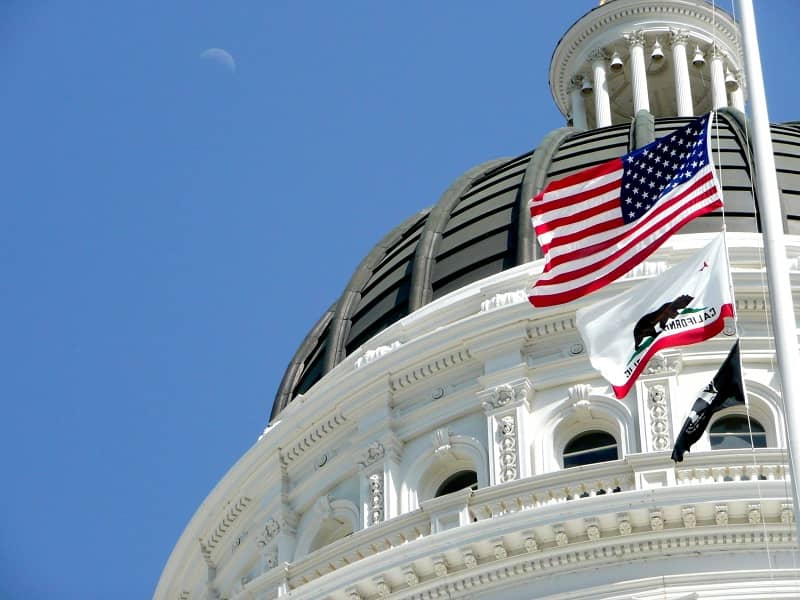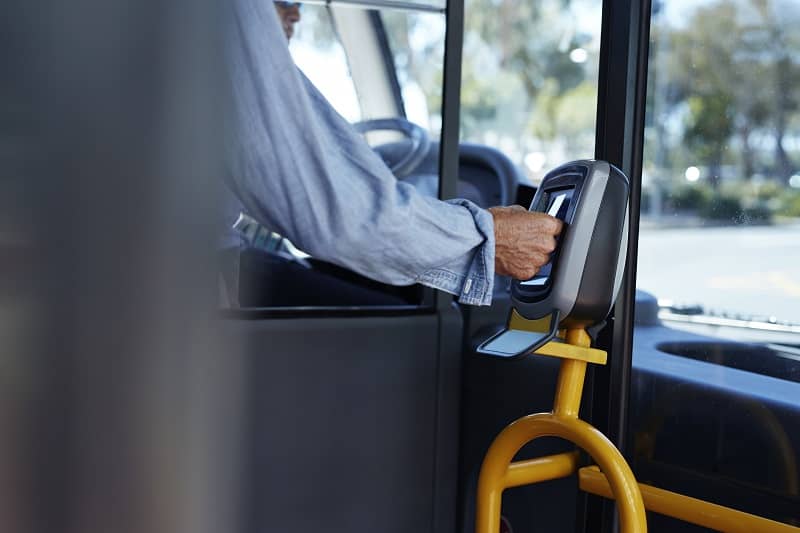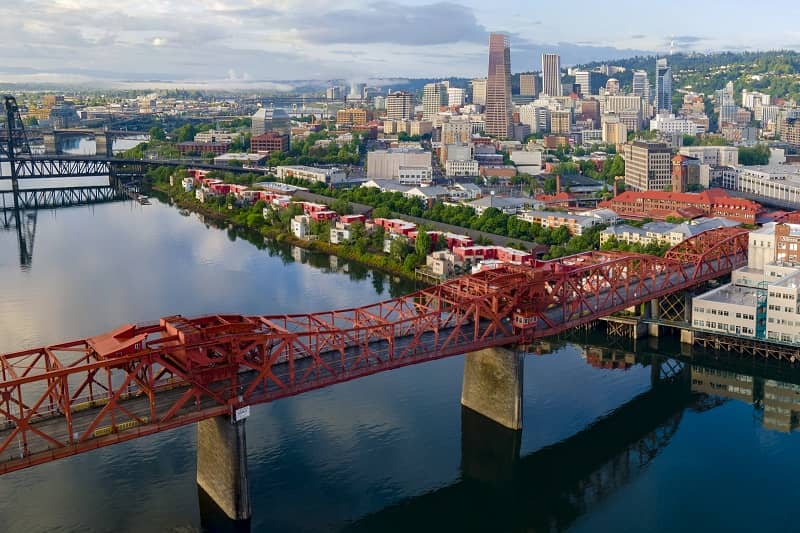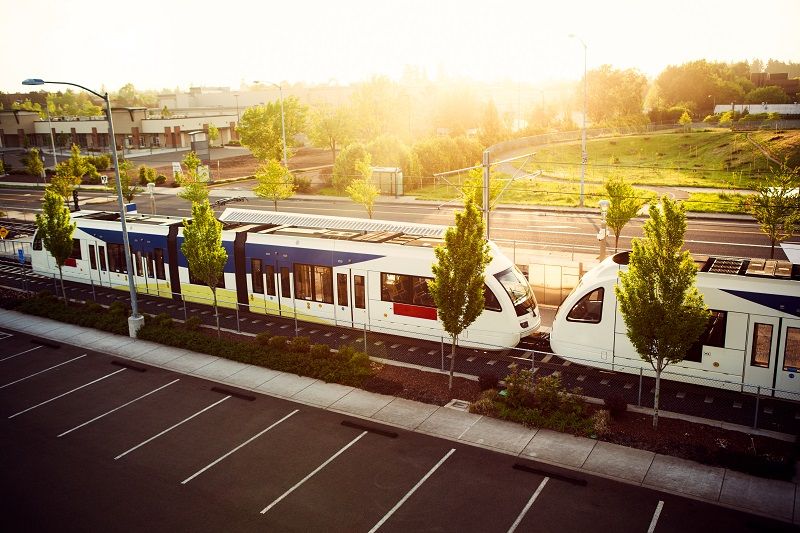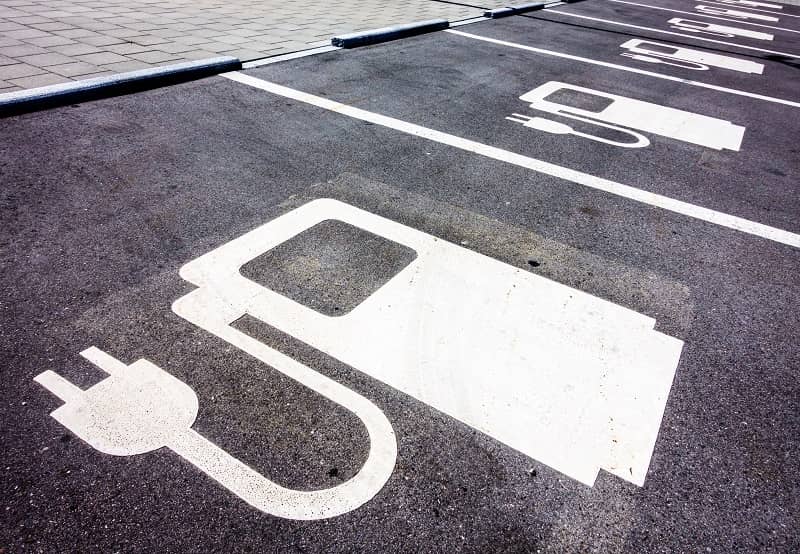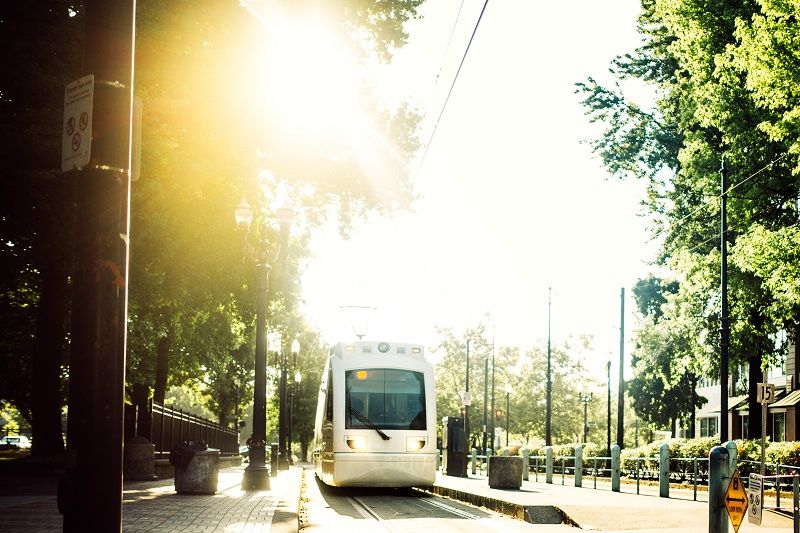
Roads should be funded primarily by user fees. However, it is not necessary to collect pure user fees for every mile traveled in the state. Adequate funds could be raised if the most heavily traveled highways were self-financed through user fees, and the remainder of the road network continued to rely on fuel taxes and local revenue sources.
Proposal
I. Convert all or part of the State Highway System to a turnpike using standard electronic tolling technology (transponders and overhead gantries). The SHW system represents only 13% of all roads, but accounts for 60% of VMT.
Begin with a congestion pricing pilot project in the Portland metro region on all limited-access highways, then extend to the entire Interstate HW system if appropriate. Expanding to other parts of the SHW system can be considered at a later date.
Toll rates should be set to recover all maintenance and expansion costs of the turnpike.
In Portland, the variable rates should be designed to maintain 55 MPH speeds at all times.
II. For local roads, use fuel taxes, property taxes, and SDCs for maintenance and expansion. Increase the city/county share of gas tax revenues to reflect the subtraction of gas tax financing from the SHW system.
III. Maintain current vehicle registration rates and consider changing the biennial DMV requirement to once every four years to reduce administrative costs.
IV. Establish an appropriate studded tire fee, since the two primary causes of road damage are heavy axle-weights and studded tires.
V. Authorize bridge tolling for Multnomah County/City of Portland.
Benefits of reform
Creation of a turnpike means that the SHW system (or at least the limited-access portion of it) would be totally self-financing.
Congestion pricing would dramatically increase the peak-hour throughput of existing lanes, possibly by as much as 100%. For example, in SR 91 in California, the “free lanes” move only about 800 vehicles per/lane per/hour at the worst peak period, due to congestion; in the adjacent tolled lanes, where there are 14 different toll rates based on time-of-day and direction-of-travel, the throughput is 1,600 vehicles per/lane per/hour, and average speeds are 68 MPH.
Getting vehicles out of stop-and-go traffic and into free-flow conditions will lower CO2 emissions by 60-80% per mile, making this the cheapest possible response (free) to state greenhouse gas reduction goals.
Shifting to a turnpike approach relies on existing electronic tolling technology that is now in widespread use around the world.
Elimination of traffic congestion in Portland would create “virtual” express busways, allowing high-speed transit at very little cost.
